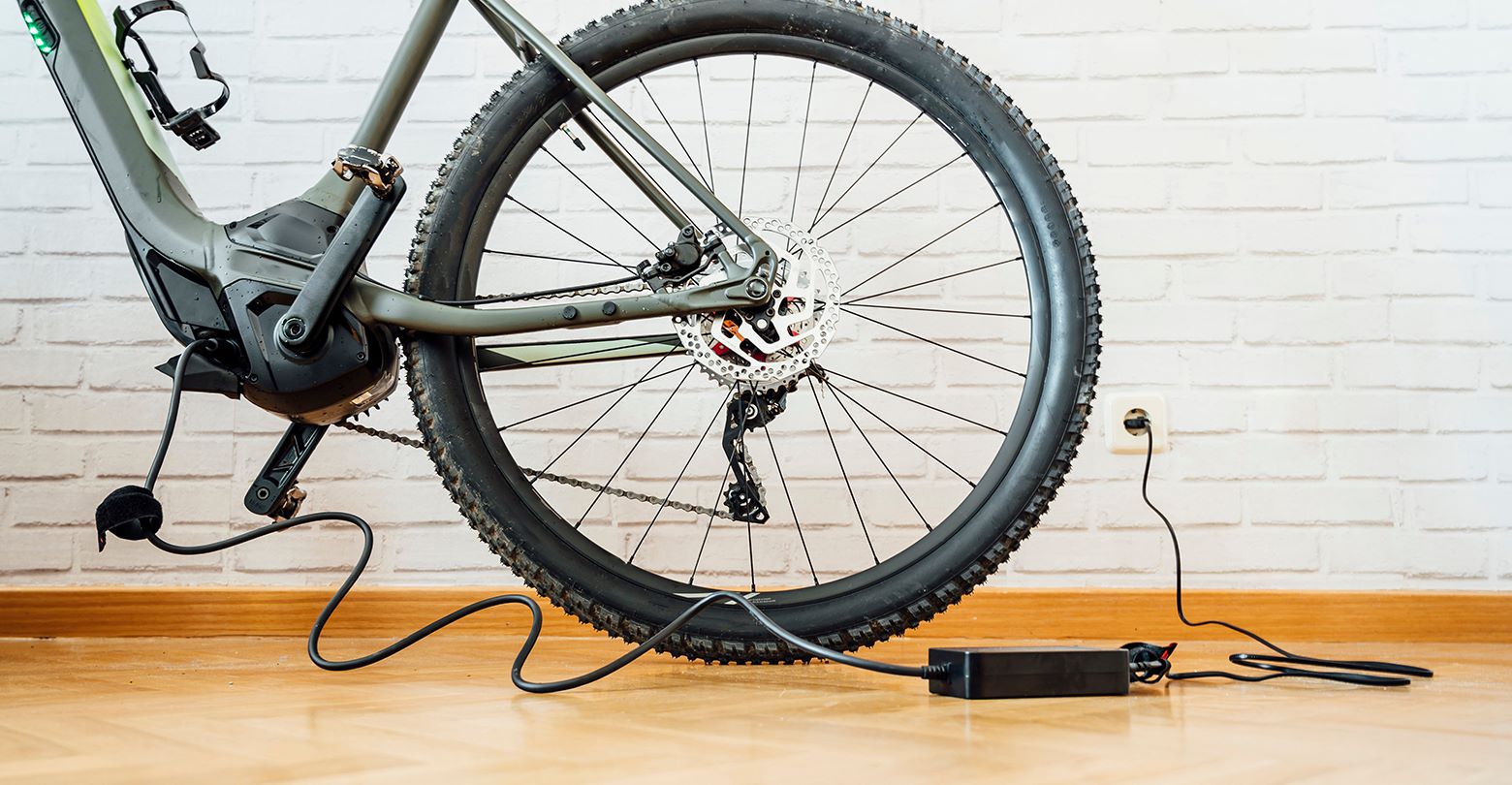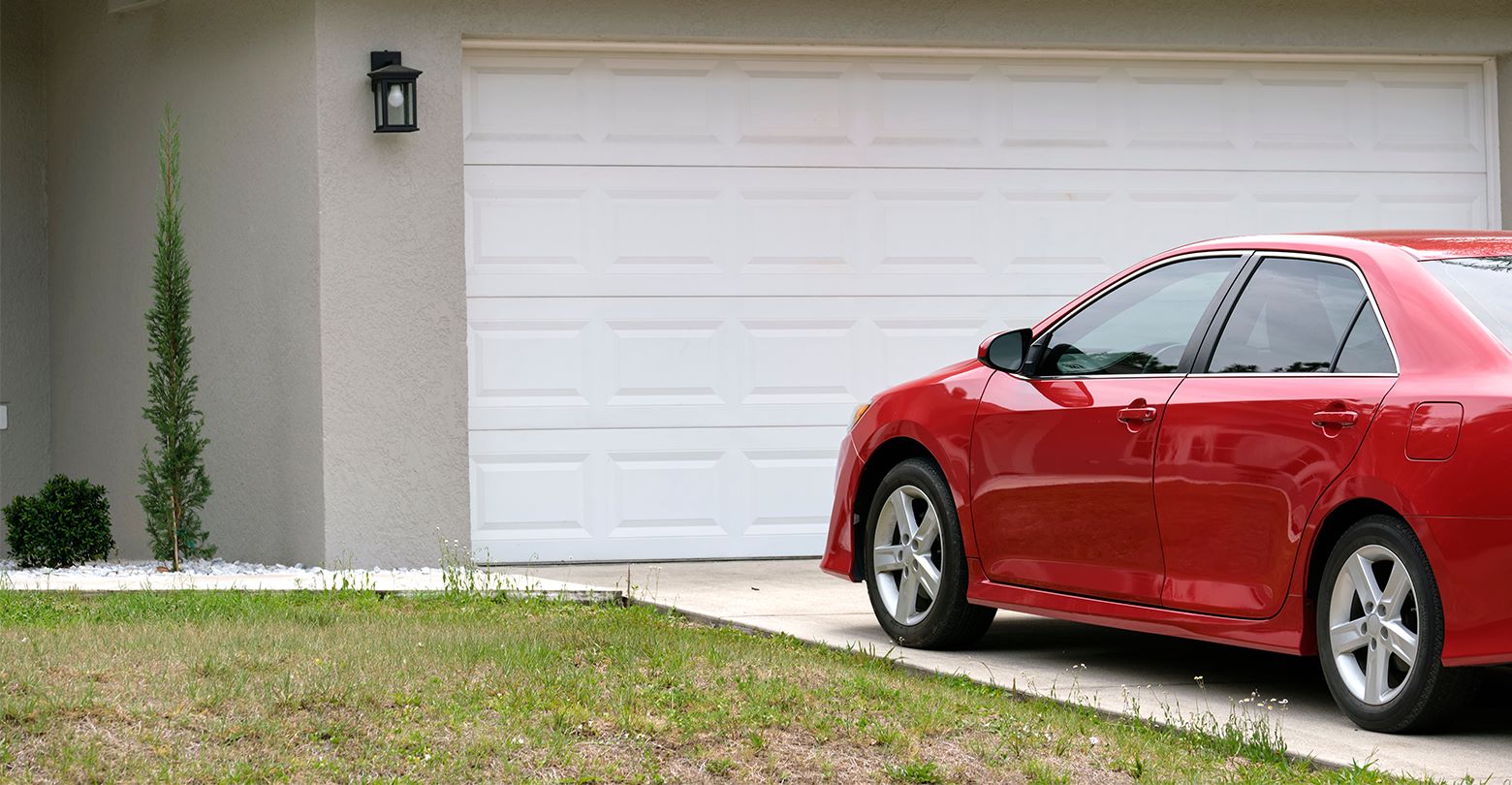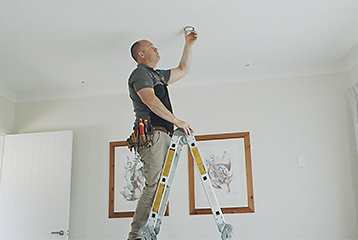This trend has continued at a similar rate since AMI last reported on battery caused blazes in 2021, following a surge in claims.
"Consumers should be mindful of reputable battery production when purchasing electrical products, " says AMI Executive General Manager Claims, Wayne Tippet.
"There is nothing inherently dangerous about lithium-ion batteries, so long as they are treated correctly, and basic safety measures are followed.
"Our data shows that lithium-ion batteries have become predominant over the last decade as they are found in an increasing number of everyday products, including phones, laptops, headphones, smart watches, children’s toys, tools, electric cars, bikes, and scooters.
"These batteries are very useful because they hold more energy, so they can last longer, and they charge faster than regular batteries. However, for many consumers, lithium-ion batteries are newer technology, and so it is important to make sure you are using them safely.
"The data is also a reminder to check your insurance policy and make sure you are covered should a lithium-battery powered device start a fire."
Fires generally start with the battery overheating and eventually catching light or, in some extreme cases, exploding.
"We have seen cases of chrome books, e-bikes and e-scooters going up in flames or even exploding after being left on charge."
Lithium-ion battery caused fires are more severe and lead to serious damage, but Mr Tippet points to three preventable causes.
"Three of the main causes we’ve seen are defective parts, incorrect charging, and mistreatment."
Defective parts often come in poorly produced items bought from cheaper and less reputable manufacturers. Correctly matched chargers are far less likely to overheat.
"You should never use a charger that did not come with the device or use it in a way that does not meet the manufacturer’s instruction. When charging electronic devices such as phone or tablets, do not place them on soft surfaces and do not leave devices on charge on for extended periods of time.
"It is also important to note that it is the battery itself that catches fire; not the device the battery is found in. We have seen media coverage citing the incidence of battery related blazes as a reason not to buy electric vehicles or e-bikes.
"The boost in consumer interest in electric cars, bikes and scooters over the last few years is an excellent shift to help reduce transport emissions. The takeaway is not that these products or their batteries are inherently dangerous, but a reminder of steps that consumers can take to protect themselves.
"AMI will continue to insure e-bikes and scooters, electric and hybrid cars, mobile phones and laptops."
For more safety tips visit Fire and Emergency NZ.


